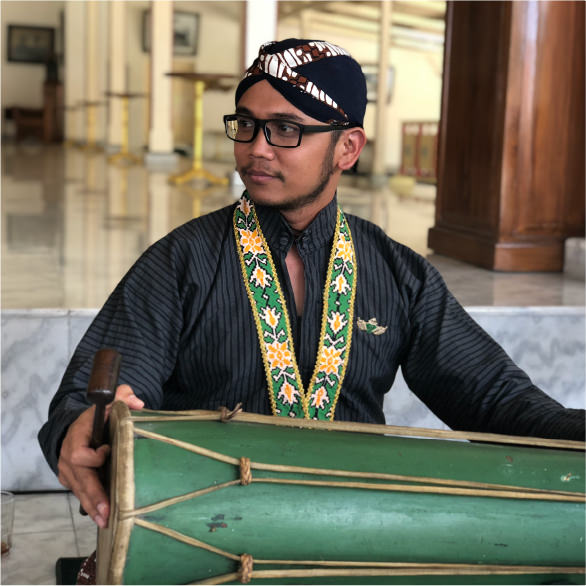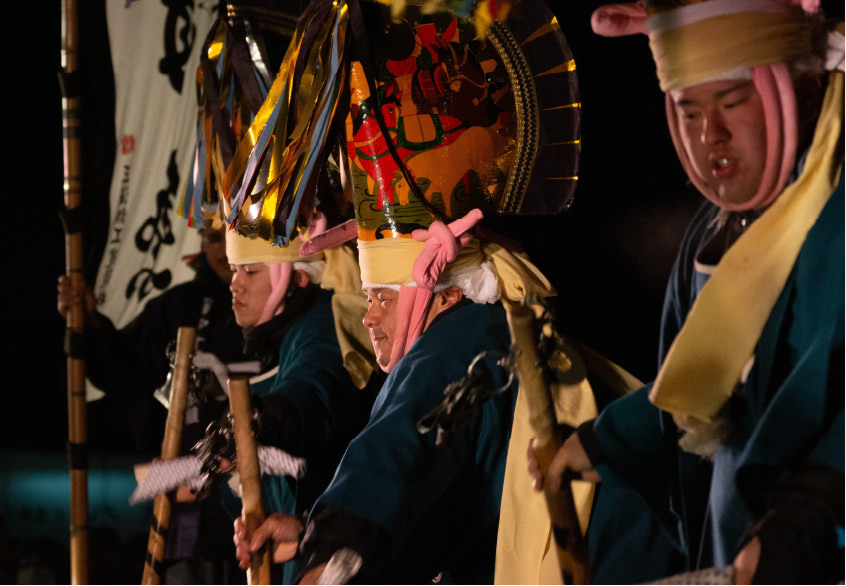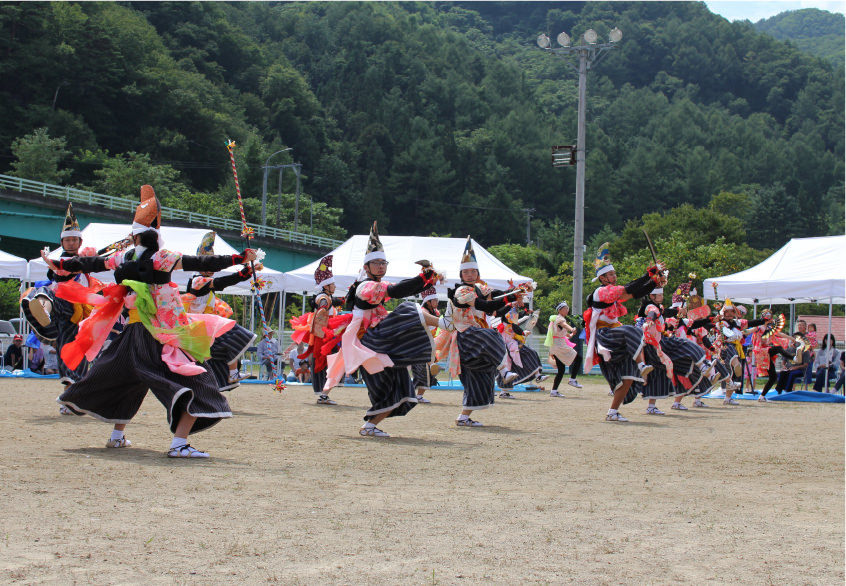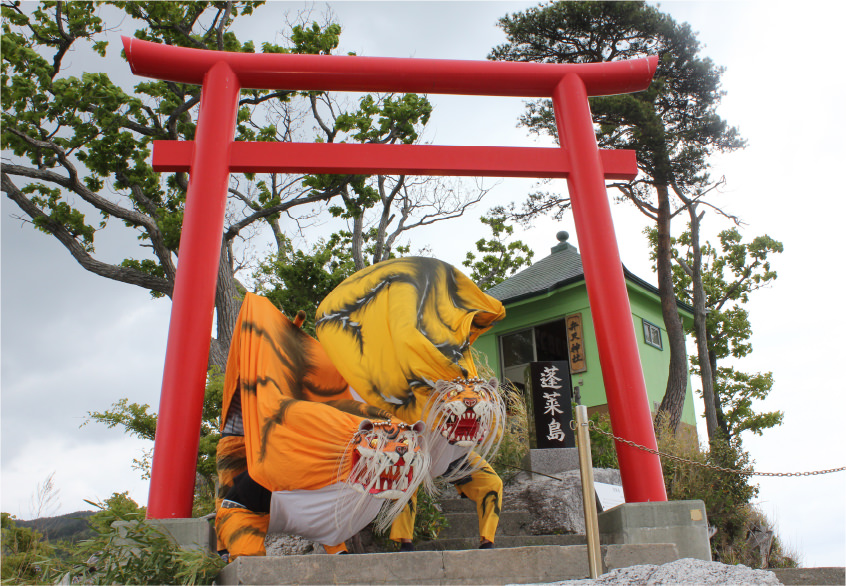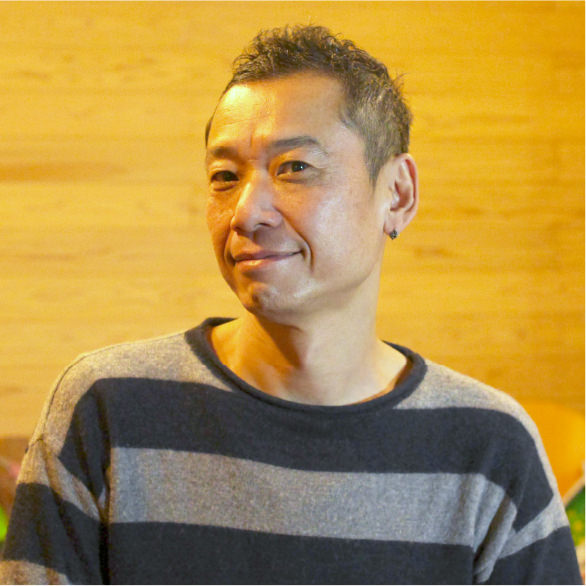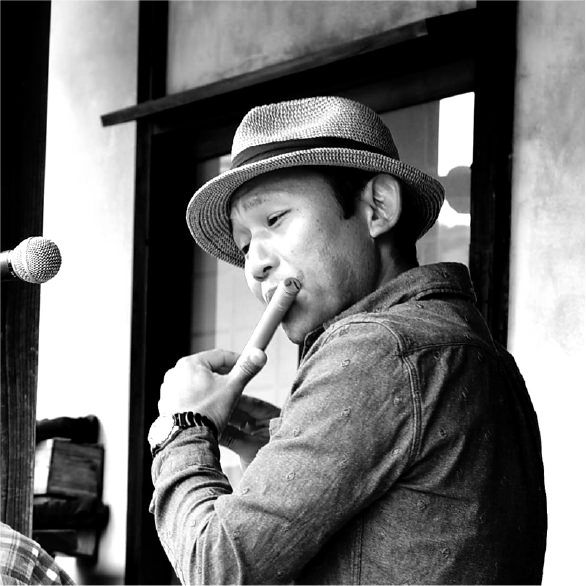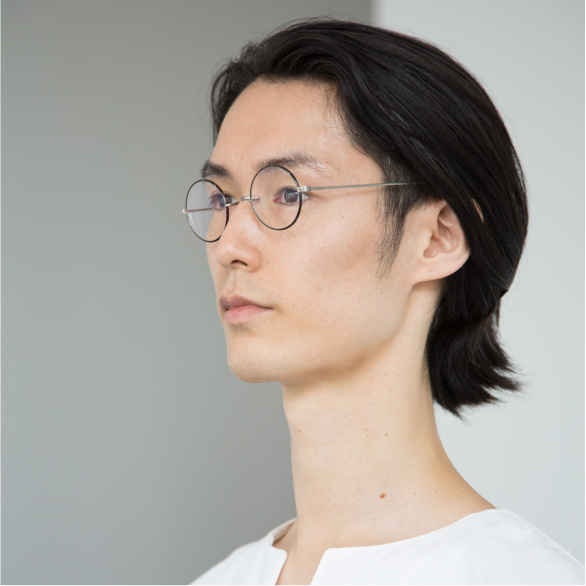Kaminagahime -a story based on a folk tale of the Sanriku coast-
A woman at the beach had been carried off by a big wave, but returned to the village 10 years later bearing a child of a dragon god. When the daughter was born, she had such long hair that it touched the ground and so she was named Kaminagahime (Princess of Long Tresses). Whenever Kaminagahime danced, gold was found in the mountains, the sea provided great catches of fish, and the village became prosperous. However, a man of power in the village began to take over the wealth, and Kaminagahime hid herself in a shrine by the sea. The sea became rough, and monsters from the sky began to attack the village, with plague and hunger spreading throughout. The distressed villagers then danced for three days and three nights in front of the shrine, and the greedy man had a change of heart and joined in the dancing. Kaminagahime eventually emerged from the shrine and said, “Do not divide yourselves and keep the festival going.” And indeed the village regained its prosperity, and the people came together as one.
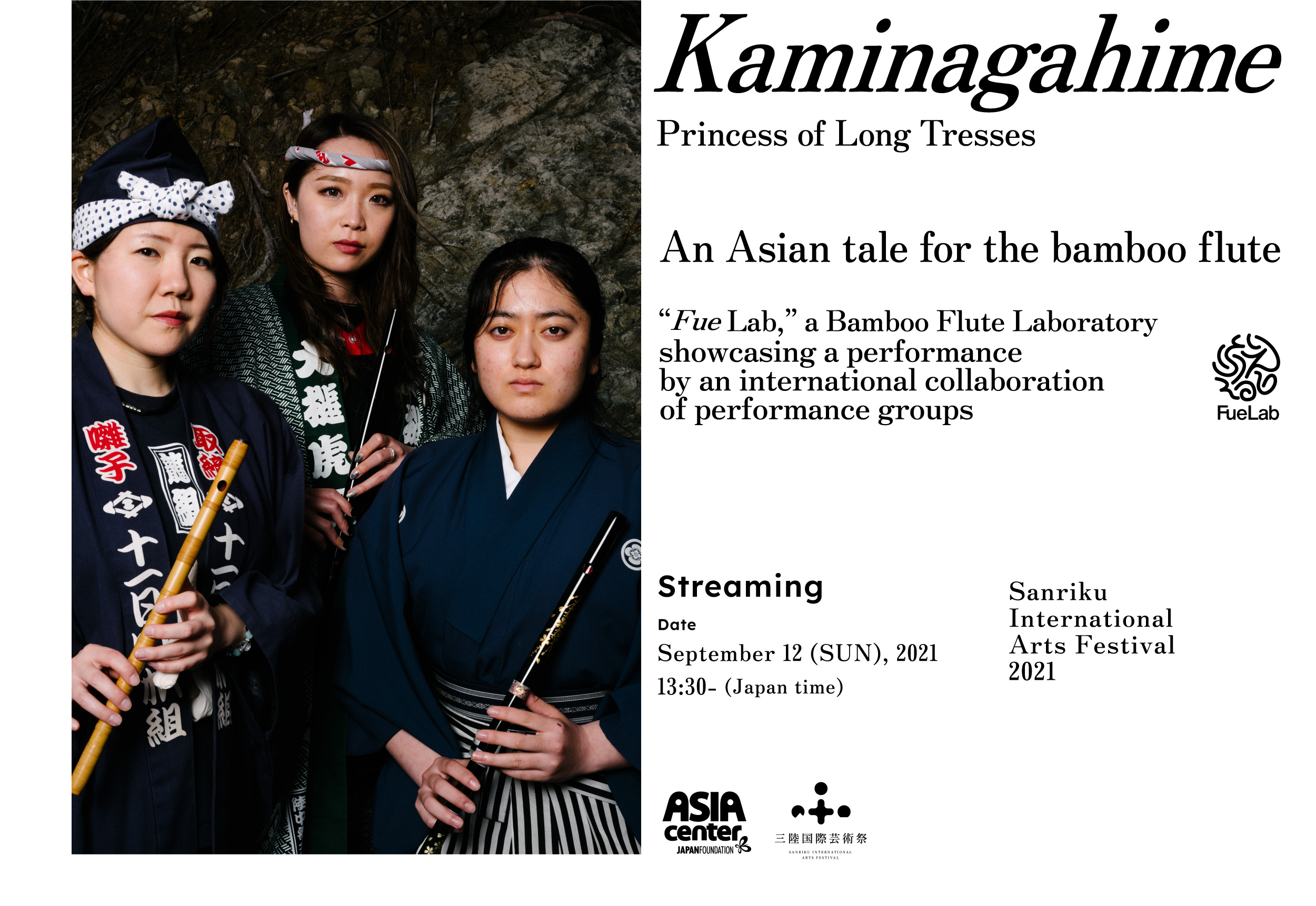
Please be advised that due to the current surge of COVID-19 cases, we will not be presenting the planned livestream performance on Sunday, September 5th from 1:30pm. Instead, we will broadcast a recording of the performance at 1:30pm on Sunday, September 12th.
We thank you for your kind understanding.
Sanriku International Arts Committee Office, September 1st.
The streaming will be available below
when the performance starts.
* This recorded streaming is available for viewing any time after the September 12th premiere.
* The program was co-presented by “Tokyo 2020 NIPPON Festival”.
Performing Groups
Opening Performance
Kita Shichifukujin
(Rikuzentakata, Iwate)
Kaminagahime (Princess of Long Tresses)
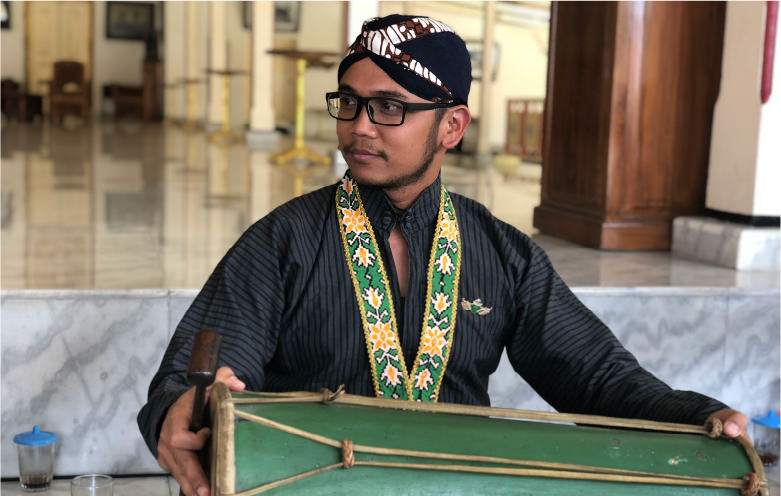
Omah Gamelan
Indonesia

SilverBell Dance Group of Performing Artists
Cambodia
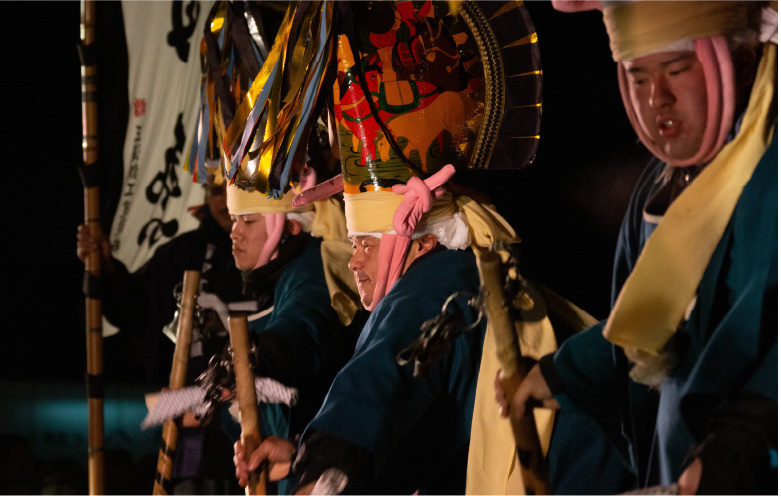
Juichinichimachi Enburi-gumi
Hachinohe, Aomori
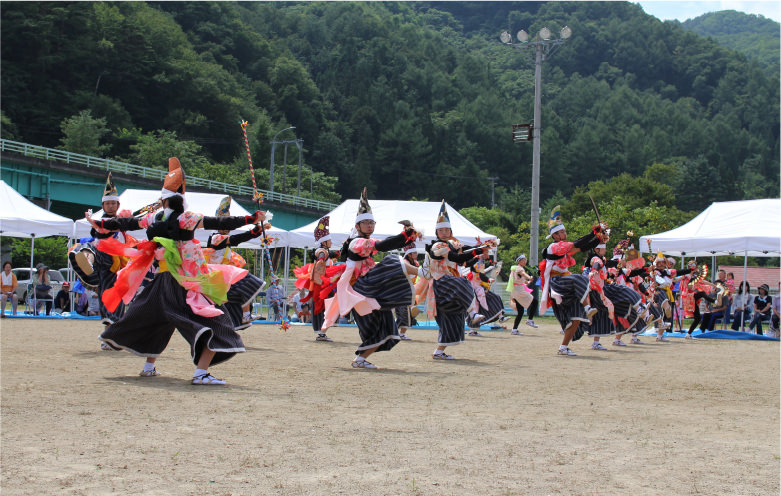
Nakano Nanazumai
Iwaizumi, Iwate
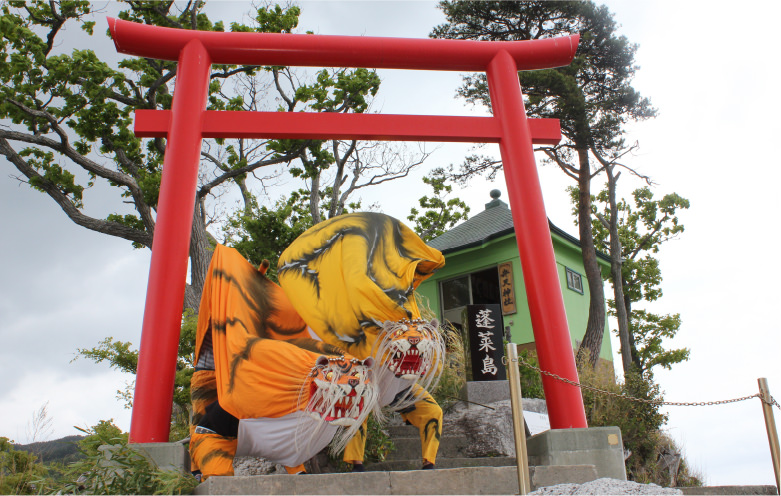
Otsuchi Toramai Association
Otsuchi, Iwate
Director /
Supporting Artists
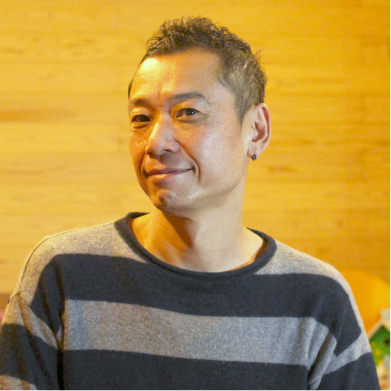
Director
Jujiro Maegawa
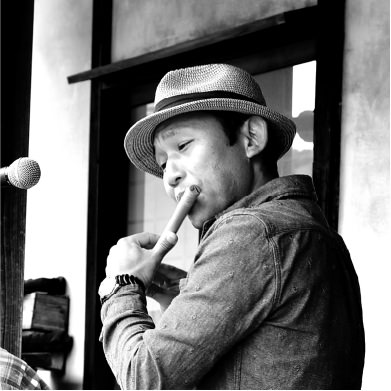
Fue (bamboo flute)
Jin Obu
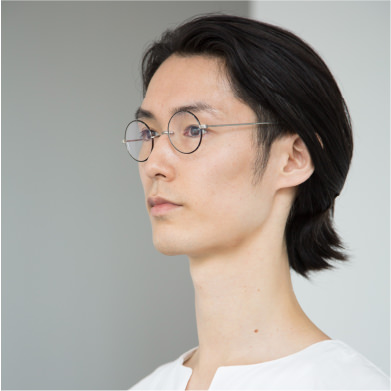
Drums and Vocals
Kimiya Sato
Kaminagahime
(Princess of Long Tresses)
An Asian tale for the bamboo flute
“Fue Lab,” a Bamboo Flute Laboratory showcasing a performance
by an international collaboration of performance groups
Streaming
September 12(SUN), 2021
13:30- (Japan time)
Free access
- Part 1
-
Opening Ceremony and an Opening Performance by
Kita Shichifukujin (Rikuzentakata, Iwate) - Part 2
-
Kaminagahime: A “Fue Lab” Exchange Performance
Collaboration by Five Performance Groups from Indonesia, Cambodia and Sanriku - Part 3
-
Talk Session “Forging New Paths Ahead”
The performing groups reflect on this exchange program *Canceled
* The performance of the second part of “Kaminagahime” will be recorded on September 5th at Miracle Pine Tree Hall in Rikuzentakata Citizen's Cultural Center. The production fully implements pandemic safety protocols and measures.
Kaminagahime
(Princess of Long Tresses):
An Asian tale for
the bamboo flute
This project started with an encounter between folk performing arts groups of the Sanriku region and other parts of Asia. They created a collaborative production using the Sanriku folk tale, Kaminagahime, for thematic inspiration, and present a portion of the showcase streaming online. The performance will feature groups from Indonesia, Cambodia, and Sanriku. The project launched in late May of this year, when the groups shared ideas and melodies to create this collaborative production. We hope our initiative will convey the charm of various performing arts cultivated over a long history, passing them on to future generations.
What is “Fue Lab”?
Focusing on the bamboo flute (fue), an instrument indispensable in the dance and music of Asia’s folk performing art’s, this is a project that has various traditions learn from one another and share ideas in collaboration. By learning about common melodies and rhythms nurtured in various parts of Asia, this project embarks on the challenge of sympathetic exchange among Sanriku and various Asian folk performing arts through the cooperative efforts of participants.
Story
-a story based on a folk tale of the Sanriku coast-
Staff
-
Director/Composer
Jujiro Maegawa
-
Video director
Noriyuki Sato
-
Assistant director
Yuuka Koyama
-
Lighting
Miyuki Aoki
-
Sound manager
Taku Motogi, Daishi Tokiwa
-
Stage manager
Michiya Sugawara
-
Supporting coordinators
Shutaro Koiwa,
Daisuke Muto, Wakako Imagawa
-
Photography
Masaru Tatsuki
-
Design
Laboratories
-
Streaming
Golden Good Stream
-
Public relations
Hirotaka Koeto, Sonoka Koeto,
Daiki Kobayashi, Reina Kubo -
Production Management
Ayane Yuasa, Yuhei Sakata,
Sanriku International Arts Committee -
Producer
Norikazu Sato
Main visual models
From the left
Mizuki Hara
Juichinichimachi Enburi-gumiHaruna Nakamura
Otsuchi Toramai AssociationAyuri Ozawa
Nakano NanazumaiOrganized by
Sanriku International Arts Committee
The Japan Foundation Asia Center
Co-organized by
The Tokyo Organising Committee of the Olympic and Paralympic Games, Hachinohe City, Hashikami Town, Hirono Town, Kuji City, Fudai Village, Tanohata Village, Iwaizumi Town, Miyako City, Yamada Town, Otsuchi Town, Kamaishi City, Ofunato City, Rikuzentakata City, Sumita Town , Sanriku Railway Co., Ltd., Japan Folk Performing Arts Association, NPO Iwate Arts Support Center, NPO Japan Contemporary Dance Network, Culture Vision Japan Foundation Inc.
Cooperation from
Rikuzentakata Citizen’s Cultural Center (Miracle Pine Tree Hall), Otsuchi Town Cultural Exchange Center, NPO Shinsai Regain, imajimu LLC, Tohoku Cultural Property Video Research Institute, Minna no Shirushi LLC, NPO Michinoku Trail Club
Planning & Production
Sanriku International Arts Committee, Minna no Shirushi LLC
Contact
Minna no Shirushi LLC6-4 Kimachi Sakaricho, Ofunato, Iwate 022-0003
TEL|0192-47-5123
FAX|0192-47-5125
E-mail|minna★mi-kuni.com (Replace ★ with @)
General office
Sanriku International Arts Committee OfficeNPO Japan Contemporary Dance Network
3F Morioka Minami Odori Bldg. 15-7, 1-chome,Minami Odori,
Morioka, Iwate 020-0874
Inside NPO Iwate Arts Support Center
TEL|070-8550-0521 (direct)
TEL|019-656-8145
FAX|019-656-8146
E-mail|info★sanfes.com (Replace ★ with @)
*Program details subject to change without notice.
